New Sweat-Based Device Might Provide Alternative to Blood Testing in Diabetes
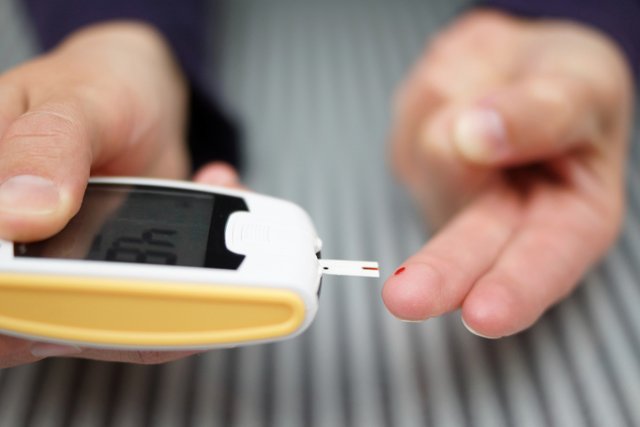
Introduction
There has been a lot of excitement regarding the potential for monitoring glucose in diabetics without needing to draw blood.
One of the proposed methods is to take measurements from sweat.
Unfortunately there are a number of problems with sweat based monitoring that have prevented this from becoming a reality.
A new paper from a team at Seoul University in South Korea shows an alternative "wearable" device they have been working on to help solve some of the previous problems with measuring glucose in sweat.
It may also give a better tolerated and more responsive method of diabetic drug delivery.
The paper is open access and you can read/download it here.
Why Do We Need A Sweat Based Device?
As most of you know, I suffer from type I diabetes and have to take insulin.
This entails having to prick my fingers multiple times a day to check my blood glucose (sugar) levels.
It is not just type I diabetics that need to do this but type II diabetics as well.
Whilst this is not a major hardship it is inconvenient.
Most methods of pricking are designed to obtain blood from the tips of the fingers - an area where there are a lot of nerve endings.
Occasionally it can be quite painful.

More of a problem is the hygiene issue, sometimes I find my fingers bleed longer than I expect and it is not pleasant to leave spots of blood on items you pick up - sometimes I only realise later.
The tips of my fingers often look very battered or bruised - particularly at times when I have to take a lot of measurements.
It is also not ideal for those who may be more squeamish about blood - particularly children.
One additional issue is that this only allows spot testing i.e. it is not continuous. This can result in over or under-treatment of blood glucose levels.
There are already devices for continuous glucose monitoring and insulin delivery but these require direct blood contact and have some practical problems.
How Does The New Device Work?
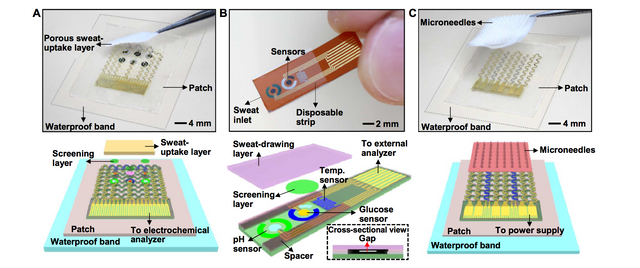
The basic design of the "wearable" part of the device they have created is a thin patch with three main layers:
- A porous layer to accumulate sweat.
- An electronic sensor layer to monitor the sweat.
- A (heat actuated) micro-needle layer to administer a drug (metformin) stored in PCNs (phase change nanoparticles).
These are all held in a deformable, waterproof band.
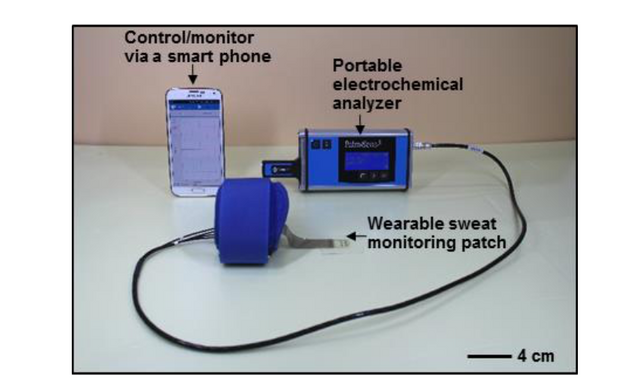
Currently the patch needs to be connected via a wire to a portable chemical analyser, which is further connected via bluetooth to a mobile phone.
The authors summarise the way it works as follows:
A humidity sensor monitors the critical amount of sweat for reliable glucose sensing by measuring impedance change by sweat generation. Above the critical humidity, the glucose, pH, and temperature sensors begin taking measurements to determine correlated blood glucose level. The pH and temperature sensors correct potential errors of the enzyme-based glucose level measurement in real time. Upon hyperglycaemia [raised blood glucose], thermal actuation controls the feedback transdermal delivery of metformin loaded in PCNs.
Results

So far the device seems to work very well in laboratory conditions and outside of a living organism.
Obviously this is not the same as testing in a living being.
The complete device has only been tested in a tiny sample of 4 mice with type II diabetes where it did seem to work as expected.
A human test which compared the monitoring component of the device appeared to give similar accuracy to a commercially available (pin-prick) testing kit.
Discussion - So What Is New Here?
This particular patch design is useful in that it seems to solve several problems that previous designs have had.
Firstly the particular way the multiple layers interact in this design serve to both optimise sweat monitoring whilst also creating something that is able to adhere to skin effectively whilst also deforming without becoming damaged or detached (see illustration).

It would be useless to have a design that worked really well and would not stick to the skin or would fall off during normal activities.
The amount of sweat people produce varies a lot so one of the problems here is obtaining a sufficient amount of sweat to measure from.
The team have overcome this issue by shrinking the diameter of the sensor electrode and having a separate layer to accumulate the sweat for measurement.
The sweat accumulating layer and the adjustment of the sensor size allows measurement of glucose in very small amounts of sweat (1µL).
The system is also able to correct for previous sources of erroneous readings such as variation in pH, temperature and humidity.
It does this by using multiple sensors for certain parameters and comparing and correcting the results. (Three sensors are used to test glucose and four to test pH.)
Drug delivery from the micro-needles is heat actuated and can be controlled in response to the measured glucose levels.
This way the system can both monitor blood glucose continuously and accurately whilst also being able to treat it it actively.
Finally according to the Seoul team, the device does not have to be used for continuous monitoring - it could also be used as a disposable device.
Could This Work With Insulin?
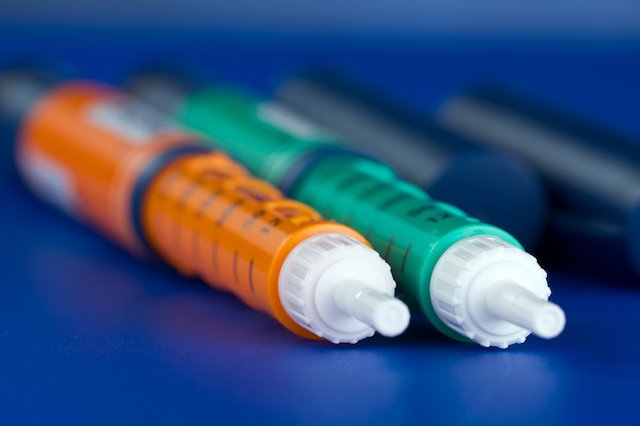
For partly selfish reasons I am curious if it would be possible to integrate insulin into the patch rather than metformin.
I'm assuming that there are reasons that prevent this.
For example insulin is not particularly temperature stable and the use of heat actuation may be a problem for implementing this.
If it is somehow possible this could be huge.
The treatment for type I diabetes could eventually be as simple as wearing a daily patch - no more blood tests and no more injections.
It could give much more precise glucose control than the currently used methods with a very low risk for hypoglycaemia.
In a sense it would be like a wearable artificial pancreas.
Anyway even if that doesn't prove to be possible it would be great as an alternative means of monitoring for someone like me.
I wouldn't mind ditching the pin pricks - it would be one less hassle.
Limitations
Although this is a great starting point there are some problems here that need to be overcome.
Right now the device requires attachment to a portable analysis device via a wire which isn't quite as convenient as the initial promise suggests.
I think technological innovation and miniaturisation will take care of these sorts of issues though.
Right now we need more data and research to study the accuracy of the device on actual people in a variety of situations.
So far the complete device appears to have been tested either in vitro or in mice and the samples used have been tiny (e.g. 4).
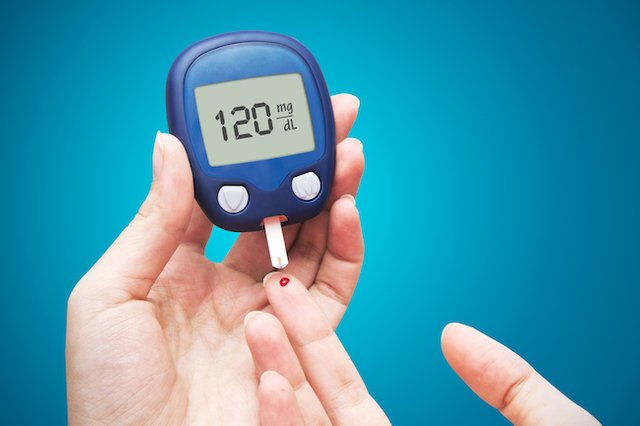
The measurement component appears to have been tested in humans and is said to give comparable results to standard pin-prick glucometers but the sample size (buried in the supplementary materials figure S17 here was a tiny 5).
This is how medical research works though and these are necessary first steps to establish functionality and prove the concept.
What we need next is to establish studies that test these devices in real world situations and compare the accuracy to a gold standard measurement (e.g. lab testing of drawn venous blood).
Finally the materials science and chemistry here is beyond my expertise so I would be interested to hear the opinions of those who know more about these things.
Does the design make sense? Are there any particular issues or problems that you could foresee as a result of this design?
Conclusion
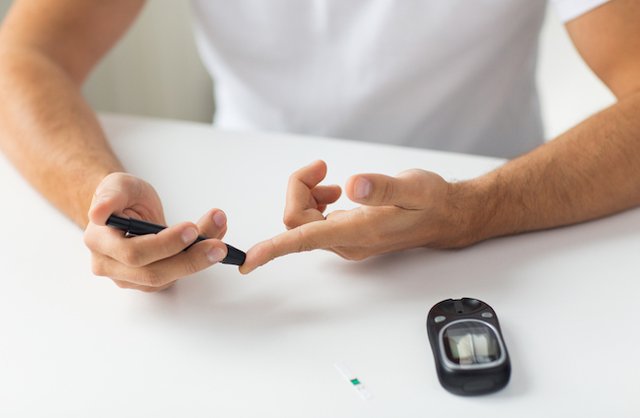
This is preliminary research that suggests that a new type of sweat based glucose monitoring device may be able to accurately measure blood glucose and also treat diabetes.
The researchers have overcome previous problems with sweat based monitoring using a specific type of multilayer and multi-sensor design that is able to self correct to provide more accurate measurement.
The device is also able to use heat actuated delivery of a diabetic drug (metformin) in response to the results.
In vivo testing of the complete device has only been in four mice and only the sensor component has been tested in humans (sample of five).
Further research is needed to determine the accuracy of the complete device in humans in a variety of situations and in larger sample sizes.
Thank you for reading

References
- Lee, Hyunjae, Changyeong Song, Yong Seok Hong, Min Sung Kim, Hye Rim Cho, Taegyu Kang, Kwangsoo Shin, Seung Hong Choi, Taeghwan Hyeon, and Dae-Hyeong Kim. 2017. “Wearable/disposable Sweat-Based Glucose Monitoring Device with Multistage Transdermal Drug Delivery Module.” Science Advances 3 (3). American Association for the Advancement of Science: e1601314.
If you like my work please follow me on Steemit: @thecryptofiend & on Twitter : Soul_Eater_43.
All images are either taken from the paper or from my personal Thinkstock Photography account. More information can be provided on request.
Before you go have you filled in the Coinbase form to list STEEM? It only takes a few seconds. THIS POST shows you how.
Are you new to Steemit and Looking for Answers? - Try:

This post has been ranked within the top 25 most undervalued posts in the second half of Mar 10. We estimate that this post is undervalued by $7.46 as compared to a scenario in which every voter had an equal say.
See the full rankings and details in The Daily Tribune: Mar 10 - Part II. You can also read about some of our methodology, data analysis and technical details in our initial post.
If you are the author and would prefer not to receive these comments, simply reply "Stop" to this comment.
Thank you:)
Interesting...also a type 1 diabetic. I've gotten so used to checking blood sugar I don't even know if I care to change at this point. You said the tips of your fingers. I would recommend using the side like the picture.
Yes sorry that was just my use of language - I don't use the absolute tip of the finger unless the sides are full. One of the problems I have is that I get quite bad eczema in my hands and that can restrict the healthy skin that I have left to use.
Right on man! Just wanted to make sure you weren't putting yourself through unessesary pain!
Shared for you
https://twitter.com/BarryDutton/status/840383827126169601
Thank you so much:)
You help so many of us, it is literally the least I can do as you know.
Since I cannot do much else.
I appreciate you a whole lot doing everything you do for us all.
:)
Disclaimer: I am just a bot trying to be helpful.
Very interesting... Is an important advance for people suffering from this disease
Yes as long as there aren't any problems in further testing:)
Great post.good work @thecryptofiend.upvote and resteemed. Greets
Thank you:)
As soon as they minimize the size and make the data connection more user friendly, this is a billion dollar invention, and G-d willing will save many lives, or at least make them much more liveable... Very interesting @thecryptofiend^^
Yes for sure it would be huge - assuming it does work as intended!
Your reward for being in
Promotedis an upvote and 0.027 SBD extra promotion.Good job, keep your contents promoted! :)
"wearable artificial pancreas." This is going to be all the rage. I think Apple is actually trying to beat Fitbit to market with one of these.
:)
Great post ! :) Nice topics
Thanks :)